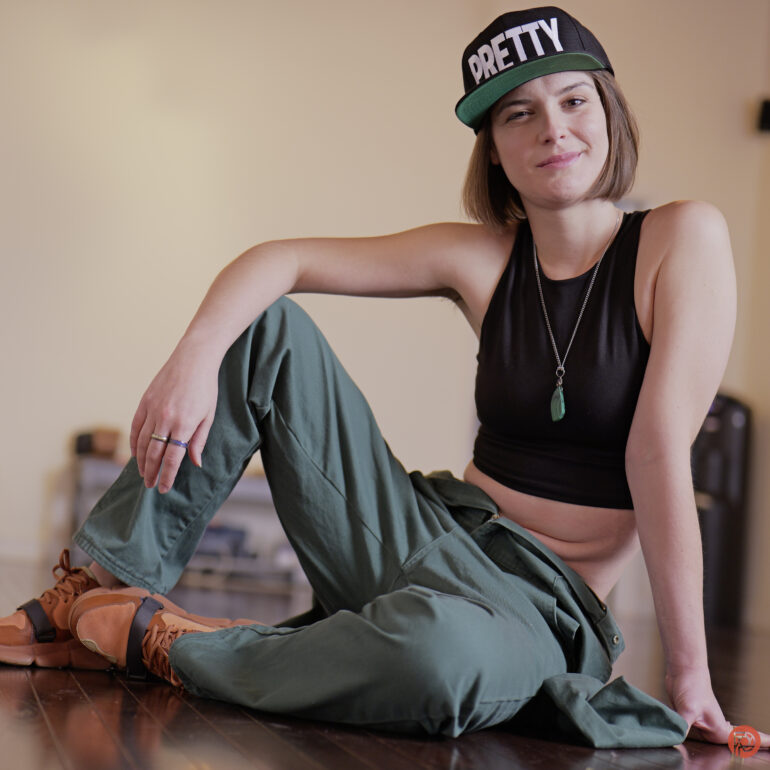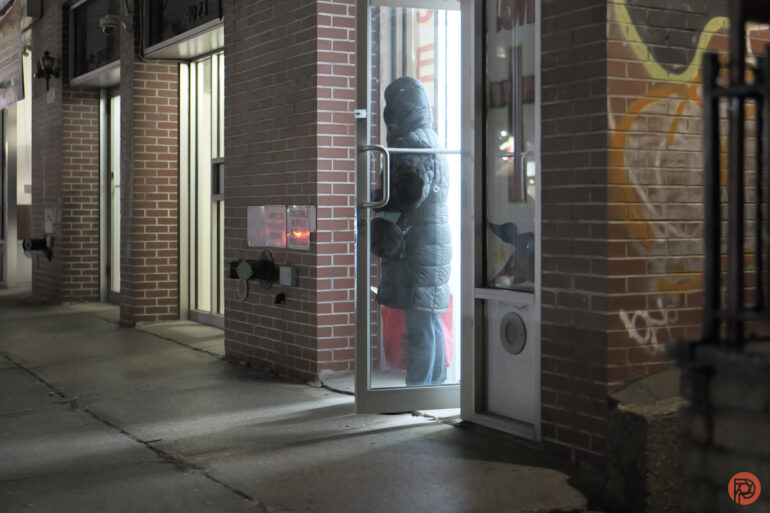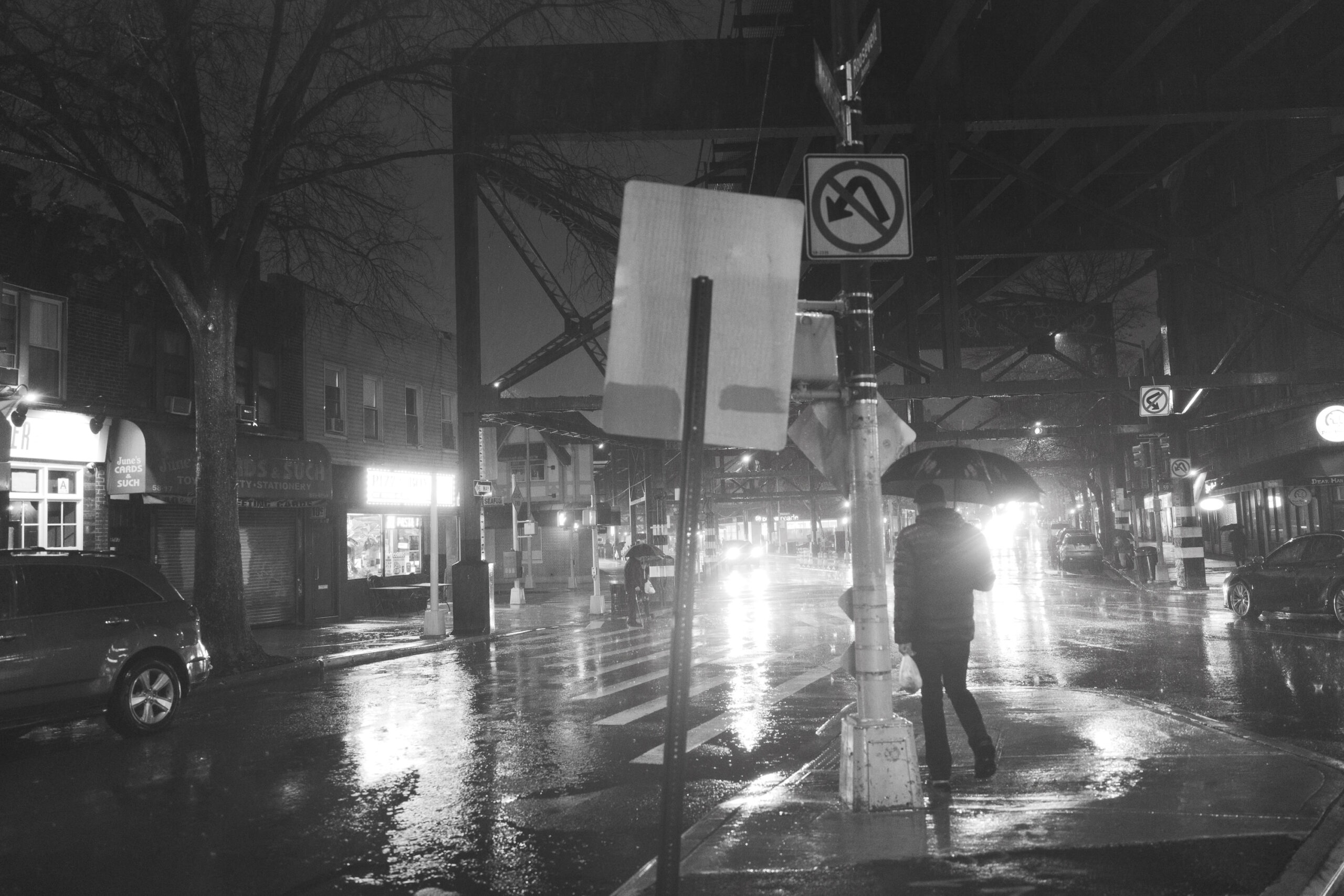Fact: many creatives these days need to be able to shoot both photo and video. But some of us just enjoy photography as a hobby. Better yet, any photography, content creator, or creative can enjoy what Panasonic cameras can do. With the right settings dialed in, the fastest autofocus with Panasonic cameras can be very capable for most photographers. Here are some tips on how to optimize your camera to get the shot most of the time.
This article is presented in partnership with Panasonic. The Panasonic GH6 and Panasonic S5 II are fantastic cameras for any multimedia creative. Photographers will be delighted with the looks that it can deliver, as well as a few of the features that make capturing moments very fast. Video shooters will love the lightweight, selection of lenses and award-winning quality that these cameras can make.
Understanding Your Lenses
A simple fact about newer autofocusing lenses: the lighter the lens, the swifter the autofocus. That means that Panasonic lenses with the fastest autofocus sometimes tend to be their f1.8 primes. But, of course, it runs deeper than that. It also has to do with settings, the motors used inside, etc. Here are a few tips from our own experiences on how to get the fastest autofocus with Panasonic cameras:

- Clean the lens contacts: use Isopropyl alcohol and a cotton swab or makeup swab. Lenses and camera contacts tend to get dirty. So you have to keep them maintained. Panasonic’s L-Mount lenses all have weather resistance, so they’re less susceptible to this happening.
- Turn off the exposure preview: Though cameras have evolved into refined tools of the trade over the years, you’ll still get the absolute fastest autofocus with Panasonic cameras if you turn off any sort of exposure preview. With more modern cameras, this has improved. You can surely be underexposed by a few stops and still get acceptable autofocus speed. This is because the lens opens up very quickly to acquire focus. But it’s still faster without it. Why give the camera more steps to do the same job when you can make it more straightforward? Trust us, try it and pay very close attention.
- Scene Detection: If you’re not using it, turn off the scene detection. There’s no need to keep animal, face, or human detection on if you’re photographing a product, for example, instead. You can always turn it back on using a few button presses.
- Wider lenses focus faster: Wider lenses will always focus faster compared to telephoto as a matter of the laws of physics. At any given aperture or distance, a wider lens will also have more of a scene in focus when compared to a telephoto lens set to similar exposure parameters.
- Selecting the Focus Point Can Make Things Slower: If you’re using scene detection, make sure that it’s set up accordingly to what you want to shoot. If you’re shooting portraits, then you’ll get the fastest autofocus with Panasonic cameras if you set it to face/eye detection and use the entire focus area. If your subject is moving, then set the camera to Continuous autofocus. Otherwise, consider just setting it to Single autofocus and shooting. Generally speaking, at events, I set the camera to single autofocus and shoot a few frames one after another. But if I’m not doing that, then I use continuous autofocus and shoot a single frame. It nails the shot 95% of the time. We’re going to get into this more later on as there’s a way to make this much faster.
There are a bunch of other tips that we’re going to be giving you throughout the year. These will all depend on the camera that you’re working with, but generally speaking, they’ll help you in most situations.
Contrast vs. Phase Detection
Here’s a fact: contrast detection can be very high-speed. So too, can phase detection. Another little realized fact is that both can also be very sluggish. Some Panasonic cameras have contrast detection locked to certain modes, while other modes will use phase detection. With Panasonic’s S5 II, you get phase detection in the continuous autofocus mode. This can mean focusing can happen instantly.
However, you shouldn’t necessarily rule out the single autofocus. Even though this is doing contrast AF, it can still be very speedy in the right lighting situations. In fact, in most situations that we’ve shot in, Single AF did the job perfectly fine.

If you’re doing candid photography or street photography, speed is requisite. With street photography, you can do a few different things. There’s the act of anticipating and capturing the moment right before it’s going to happen. And if you’re going to do that, have the screen mode that you’re shooting with constantly ready. If you’re a viewfinder shooter, then set the camera so that the EVF is prioritized to be working all the time. If you’re using the LCD screen instead, have that ready to shoot. And more importantly, have the camera in your hand and be prepared to capture the moment. This is where the fastest autofocus with Panasonic cameras can really mean a lot.

If you’re walking around, found some beautiful light, and are waiting for things to come into the frame, then you can afford to be a bit more relaxed. I still like shooting a single frame as a subject moves into exactly where I want them to be. I set my cameras to full-area AF and combine that with human detection. In street photography, the face doesn’t always necessarily matter. But instead, getting the whole person in focus can help a lot. Of course, that’s all subject to how and what you’re shooting.
1-Area AF Movement Speed Set to Fast
Panasonic cameras have something called 1-area AF. It basically lets you choose a subject very quickly while balancing out the camera’s speed. It’s by default not set to fast. But if you want to be subject or area selective, this is a good thing to enable. Set it to the fast function, and you can then select the subject you want in focus pretty quickly by using the joystick. Alternatively, you could also directly select them using the touchscreen.

To speed up the process even more, push the joystick in. That will return the focusing reticule to the center. From the center, you can move it to any area you wish.
Focus/Shutter Priority
For both the AF-S and AF-C setting, there’s an option to prioritize focus or shutter release. If it’s set for shutter release, the camera might not always get the subject in focus. So instead, I like to keep it in focus priority. Thankfully, the camera successfully nails the focus most of the time.
Eye Sensor AF or Quick AF

Here are the last two settings you should know about! Basically, in quick AF, the camera approximates the focusing distance at all times and constantly focuses on subjects. It’s a fantastic feature for photographers specifically because it’s constantly hunting for a subject to focus on. If you’re doing candid photography, then it’s best paired off with subject detection for a match made in heaven.
Similarly, you can use eye sensor AF for the camera to more or less do the same thing when the eye sensor is activated. Of course, this is mostly for photographers that are using the eye sensor to shoot. Some of us don’t always use it. So if you’re using the LCD screen, you’ll get the fastest autofocus with Panasonic cameras using quick AF instead.


